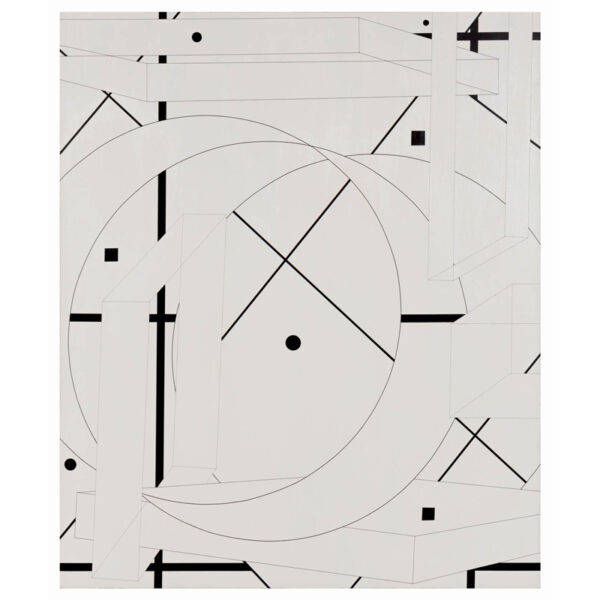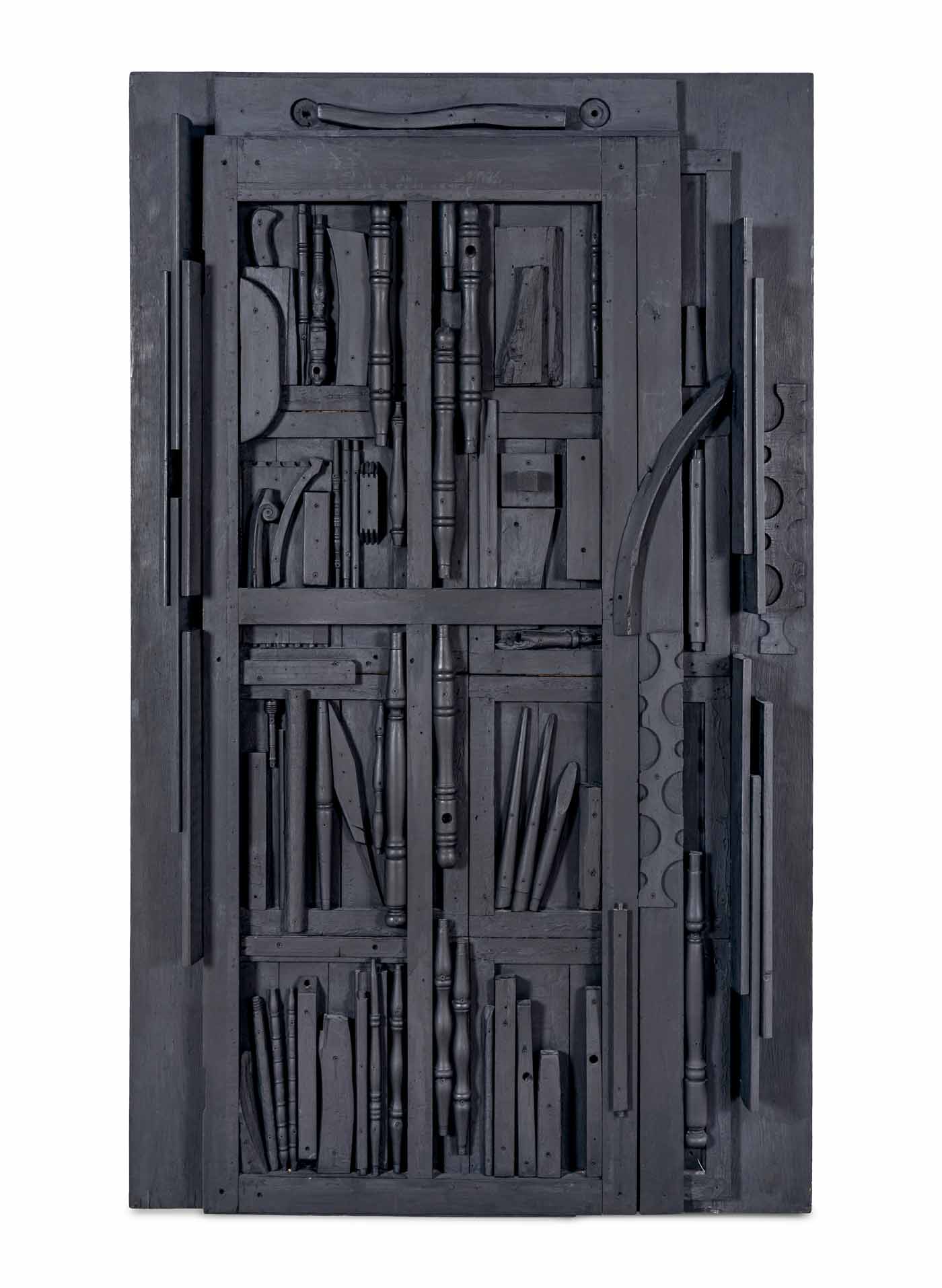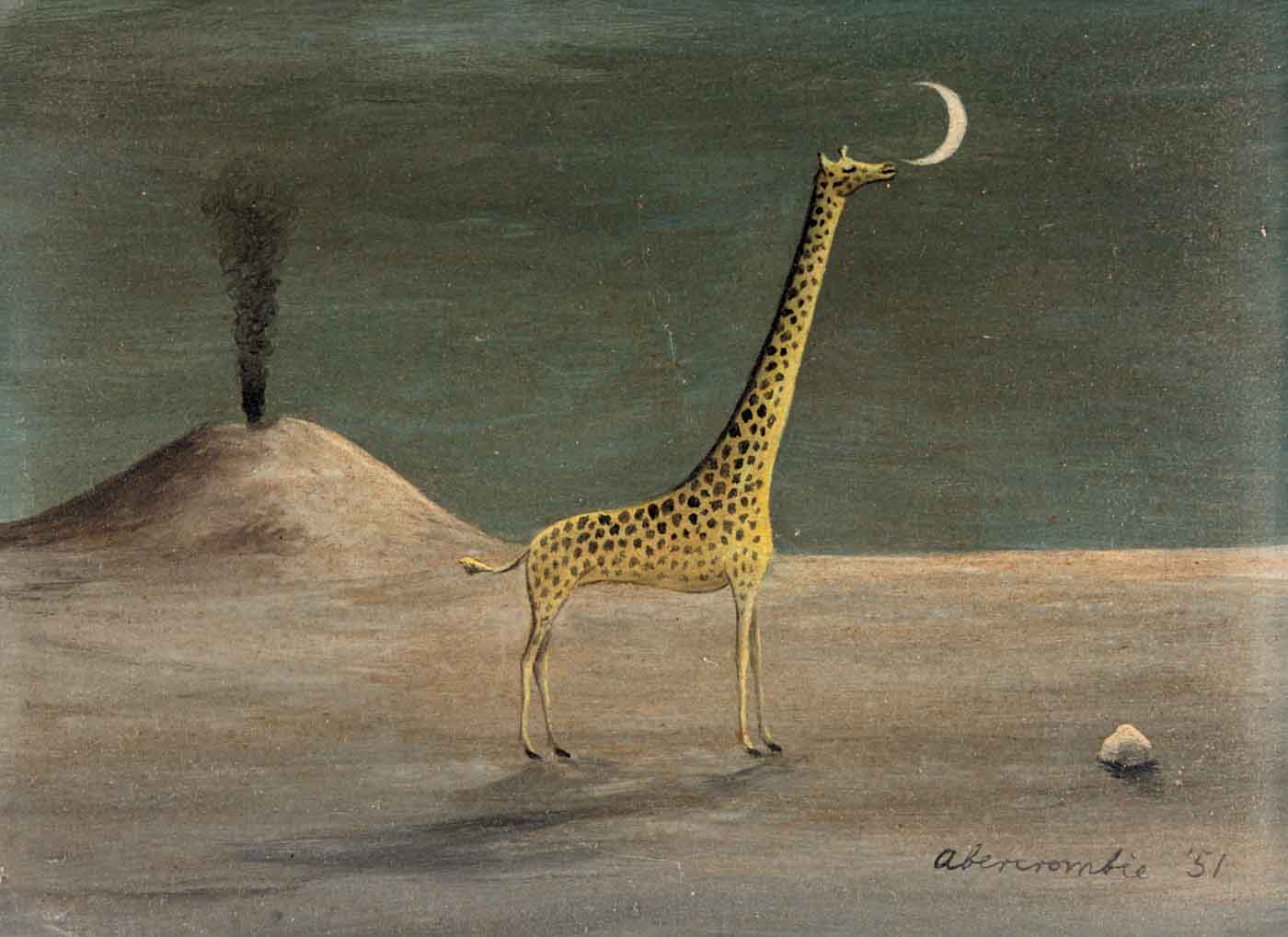AT AUCTION
By Zack Wirsum
Al Held (American, 1928- 2005) | Stereo III, 1975 $80,000 - $120,000
By Zack Wirsum
Al Held (American, 1928- 2005) | Stereo III, 1975 $80,000 - $120,000

Zack Wirsum, Vice President and Head of Department for Post War and Contemporary Art at Freeman’s | Hindman, previews exciting artwork offered at auction this spring.

In signature Nevelson fashion, Untitled (c. 1976- 78) defies dimensional classification by equitably and effectively occupying the realms of both painting and sculpture. Uniformly coated in her hallmark unmodulated black paint, it is the considered arrangement of the geometric structural elements and the shadow play they generate that activate the composition of this wall hanging relief to draw the viewer into the powerful and pleasing picture plane. The scale and the orientation of the work read as a complex futuristic monolith covered in coded circuitry or as a stately door adorned in alien hieroglyphs waiting to be opened to reveal a portal to a compelling and expansive creative world of Nevelson’s design.

Stereo III (1975) is an extraordinary example of Al Held’s masterful hard-edge abstraction and economic minimalist approach employed at peak power. Perhaps taking a cue from the title, this two-tone painting slickly pairs a flatly applied white background with decisive yet delicate black linework in a cleverly choreographed dance of positive and negative shapes that visually evokes a sense of a schematics for a sound system resonating deeply across all frequencies. Cool and clean without being cold, the painting invitingly pulls you in while dually surrounding you with high fidelity gesture and form.

Under Larry Poons’ direction and influence, gravitational physics and natural material movement create a heavy, abstract downpour of thick acrylic, painterly and visceral in Untitled (1976). The chunky, cascading bands of color, ranging from the pronounced bold yellow to the complementary whispers of violet and purple, both capture the painting process and form the final product as concept and construct on this long, narrow canvas. In the upper portion of the painting, speckled spatters of orange and brief glimpses of base layer white punctuate the vertical rhythms allowing breaks in the expressive action.

Marvelous and mysterious, as we would expect from the affectionately annotated “Jazz Witch,” Gertrude Abercrombie, Giraffe and Volcano #2 (1951) depicts an impossibly long-necked giraffe extending upward to kissing distance of a crescent moon in a lonely, surreal dreamscape flanked by a smoldering volcano and a solitary stone, at once out of place and eerily familiar. All or any of the elements are potential surrogate symbolic stand-ins for the artist; herself no stranger to isolation, otherworldly positioning, and the embrace of the magical night. The giraffe, more exotic than Abercrombie’s standard signifiers of the cat or the owl, surely appealed to her for the animal’s majestic yet awkward appearance, a contradiction aligned with her own self-image. As the giraffe is iconically featured ablaze in Salvador Dali’s masterpiece Inventions of the Monsters owned by the Art Institute of Chicago in Abercrombie’s hometown, her use of the beast could be a nod to one of the foundational figures of Surrealism.
The Post War and Contemporary Art department will present a live and online auction on April 24, with bidding beginning at 10 a.m. Bidding is available via Hindman’s Digital Bid Room, bid.hindmanauctions.com or the Hindman app. For more information, contact Zack Wirsum at 312- 280-1212 or [email protected].
Sign Up for the JWC Media Email